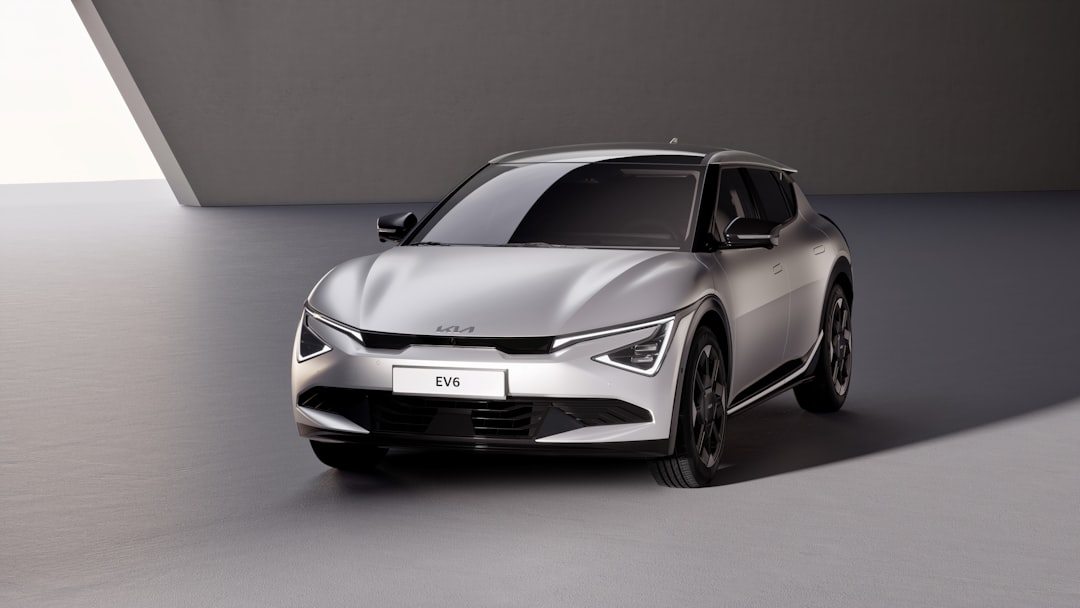In recent years, electric vehicles (EVs) have emerged as a powerful tool in the fight against urban air pollution. According to a 2023 report by Bloomberg Green, cities that have embraced EV technology have seen a significant reduction in air pollutants, with nitrogen dioxide (NO2) levels dropping by up to 25% in just five years. This article will explore how EVs are improving urban air quality, the latest studies and innovations driving this change, and practical tips for those considering making the switch to electric. Whether you’re an eco-conscious city dweller or simply curious about the future of transportation, you’ll find valuable insights here.
The Impact of EVs on Urban Air Quality
EV Adoption and Emission Reduction
The push for EV adoption is primarily driven by their potential to reduce emissions. A study published by the International Energy Agency (IEA) in 2023 highlights that electric cars emit no tailpipe pollutants, unlike their internal combustion engine (ICE) counterparts. With transportation accounting for nearly 15% of global CO2 emissions, the shift to EVs presents a tangible solution to reducing urban air pollution.
- Reduced NO2 Levels: NO2 contributes significantly to respiratory problems and urban smog. Cities like Oslo and London, which have enforced low-emission zones favoring EVs, report a 20% reduction in NO2 levels, according to InsideEVs.
- Lower Particulate Matter (PM2.5): EVs also contribute to lower levels of PM2.5, tiny particles that penetrate the lungs and exacerbate health issues. A TechCrunch article noted that particulate matter levels have fallen by 15% in cities with high EV penetration.
Battery Technology Advancements
Battery innovations play a crucial role in the growing impact of EVs on air quality. Advances in battery technology are making EVs more efficient and accessible.
- Solid-State Batteries: As reported by Wired, these batteries offer higher energy density and faster charging times, making EVs more attractive to consumers.
- Recycling and Sustainability: Brands like Tesla and Rivian are investing in battery recycling technologies to reduce the environmental impact of battery production and disposal.
Charging Infrastructure and Accessibility
A robust charging infrastructure is vital for widespread EV adoption and the resulting air quality improvements. According to CleanTechnica, countries investing in public charging stations see higher EV adoption rates.
- Rapid Chargers: New rapid-charging stations can fully charge an EV in under 30 minutes, which is crucial for urban settings where time and space are limited.
- Home Charging Solutions: Many EV owners opt for home charging stations. AutoCar suggests that nearly 80% of EV charging takes place at home, contributing to convenience and cost savings.
Innovations Driving the Future of EVs
Autonomous Electric Vehicles
Autonomous electric vehicles (AEVs) are set to revolutionize urban transportation. By reducing human error, AEVs promise safer roads and reduced congestion, further contributing to improved air quality.
- Pilot Programs: Cities like San Francisco are already testing AEVs, with plans to integrate them into public transportation networks by 2025, according to Reuters Mobility.
- Energy Efficiency: AEVs can optimize routes for better energy efficiency, reducing the overall energy consumption of urban transportation networks.
Integration with Renewable Energy
The synergy between EVs and renewable energy sources is a game-changer. By using solar power and other renewable sources to charge EVs, cities can significantly lower their carbon footprint.
- Solar-Powered Charging Stations: PV Magazine reports that solar-powered EV charging stations are being installed in cities like Los Angeles, providing a sustainable and eco-friendly charging option.
- Grid Management: EVs can also serve as mobile energy storage units, feeding energy back into the grid during peak demand times, as highlighted by Battery University.
Practical Tips for Potential EV Owners
How to Charge Your EV
- Public Charging: Locate nearby charging stations using apps like PlugShare or ChargePoint.
- Home Charging: Consider installing a Level 2 home charger for faster charging times.
Where to Buy an EV
- Dealerships: Visit local dealerships for brands like Tesla, Hyundai, and Volkswagen.
- Online Platforms: Websites such as AutoTrader and Carvana offer a wide selection of new and used EVs.
What to Compare
- Range: Consider the driving range on a single charge. Models like the Tesla Model S offer up to 405 miles.
- Cost: Compare the total cost of ownership, including maintenance and charging costs, to find the best value.
Conclusion
The shift to electric vehicles is not just a trend but a necessary evolution in our quest for cleaner cities and healthier lives. By improving urban air quality, EVs offer a promise of a sustainable future. With advancements in battery technology, charging infrastructure, and autonomous vehicle integration, the road ahead looks promising. As consumers, embracing EVs can be our contribution to positive environmental change. Are you ready to make the switch to an electric vehicle and join the movement towards cleaner air and greener cities? With every charge, you’re driving us closer to a sustainable future.

